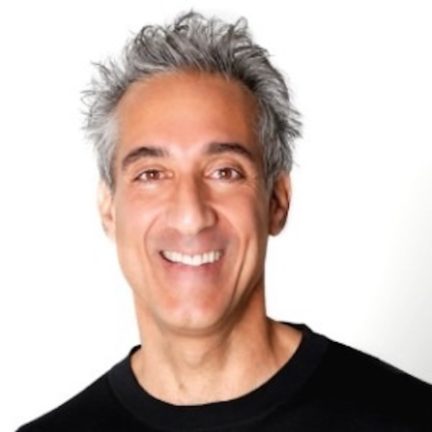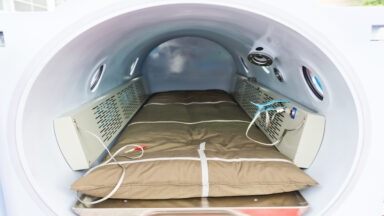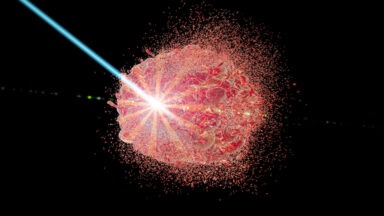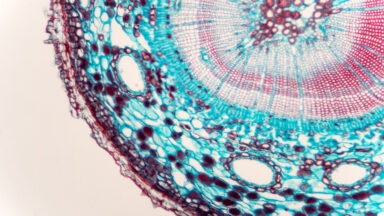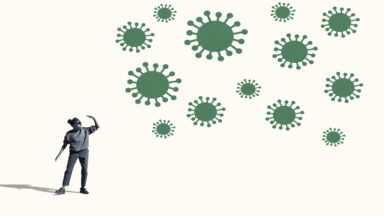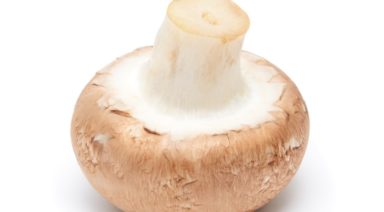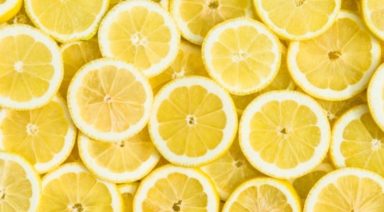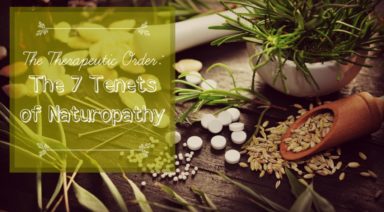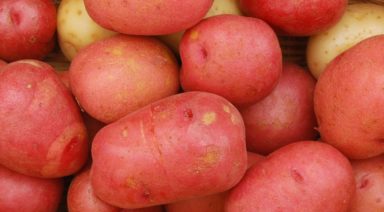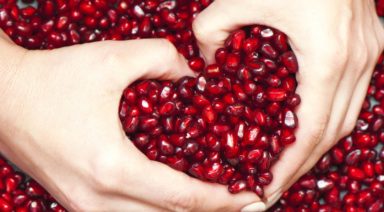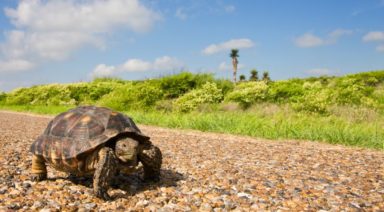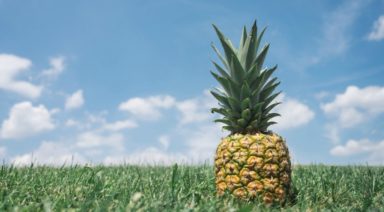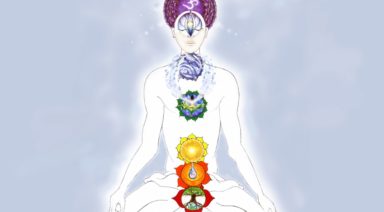Connective Tissue, The Missing Link in Anti-aging

The human body is quilted together from four categories of what could be called “stuff.” OK, maybe “stuff” is a bit colloquial, these categories are actually called “tissues,” and together they compose all the organs and structures of our miraculous physical forms.
The nerve tissue makes up the brain and nervous system, muscle tissue allows us to move and ambulate our bodies and the covering of our internal structures as well the outside of or bodies including skin hair and nails is called epithelial tissue.
The fourth tissue type is the connective tissue, largely the product of the protein collagen, and as the name implies this is the system that allows the body to maintain its structure. It is responsible for nourishing, detoxifying and electrifying cells, and as we age, many of the bodily breakdowns we all have to deal with as the years go by are the end result of connective tissue deterioration.
When the connective tissue in the circulatory system breaks down, heart disease can follow. When the connective tissue in the bones deteriorate we call that osteoporosis, and connective tissue inflammation in joints is the hallmark sign of arthritis.
Hip and knee replacement, ocular health issues, hernias, ruptures, and prolapses are all related to connective tissue degeneration. And of the hundreds of millions of dollars, Americans spend on cosmetic products and procedures, the issues we try to mask are usually related to unhealthy skin connective tissue.
Movement, pressure, and stress are the connective tissue system’s best friend. Yes, stress is a key player in connective tissue health as long as the stress is balanced with rest. Stress that is balanced with rest is called “eu-stress” (good stress), which encourages the production of new, strong collagen, as well as the breakdown and elimination of old, weak collagen. It also plays an important role in the nourishment, repair, and oxygenation of cells that produce the connective tissue, and even all cells in our body.
Movement is also critical for detox. In fact, the movement of connective tissue and the muscle associated with it is way more important than any so-called detox formula or supplement.
One of the great ways to energize and stimulate muscles and connective tissue is to do stretches. And stretching also readies the muscles for activity. As the connective tissues pull on the muscles and as the muscle fibers loosen and start moving with each stretch, they also flush out the toxins and waste by-products, including carbon dioxide and lactic acid that build up during periods of inactivity.
For instance, carbon dioxide and lactic acid can accumulate in a cat’s body, but stretching can increase blood and lymph circulation, which helps to remove the toxins. Both lactic acid and carbon dioxide can cause pain and neuropathies and cramping and soreness and improving their elimination can help relieve all of these conditions
There are two kinds of stretching: static and dynamic. Static stretching is what most of us think of when we think of stretching. It’s usually done while standing still, focusing on one muscle group at a time, and involves holding positions (static means not moving). On the other hand, dynamic stretching involves moving the muscles slowly with various actions like leg lifts, butt kicks or hacky sack knee to chest stretches.
Foods and supplements are also important for healthy connective tissue. including vitamin C, which is required for the production of collagen. As is protein, especially collagen-containing sources like bone broth, meat, and fish. Gelatin is literally collagen and has been used for hundreds of years for its connective tissue building properties.
Vegans can use algae and chlorella which contain precursors and building blocks for collagen production. Minerals like copper, zinc, manganese, and hyaluronic acid are key components of connective tissue and supplements can be helpful. Also, essential fatty acids (Omega 3 and 6) are important for connective tissue repair as they play a significant role in turning on the building blocks of DNA.
Hyperbaric Oxygen May Lengthen Telomeres And Your Life
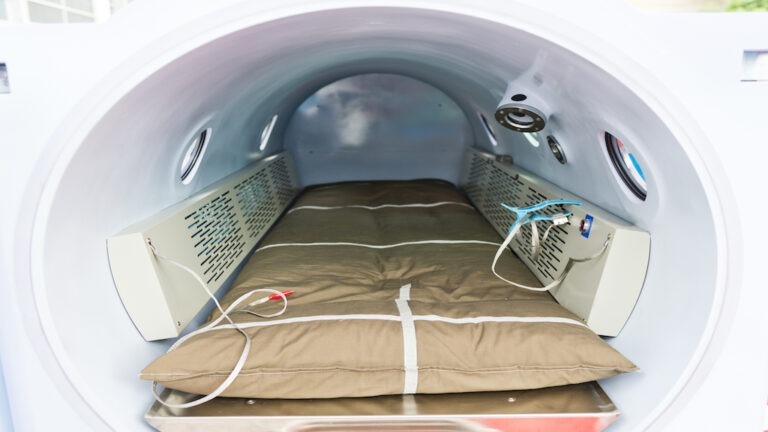
A potential breakthrough may be happening in the field of anti-aging. Could pure oxygen lead to the fountain of youth?
Dr. Ed Park, author of The Telomere Miracle, explains aging and stem cells could possibly be affected by oxygen treatments.
“Every time a cell divides the telomeres have to shorten, and stem cells are the kinds of cells that have an enzyme that can re-lengthen them, making them kind of immortal. Even though they’re getting older, they’re getting older at a much slower rate than the non-stem cells,” Dr. Park said.
“What we do see is an incidental shortening of the telomeres and that reflects where they came from because their stem cells are getting older. So, if we can have something like breathing hyperbaric oxygen and it shows up in the blood cells at least, the inference, the hope is that it would show up in other cells,” he said.
A recent study out of Tel Aviv University published in the journal Aging, claims promising results using hyperbaric oxygen treatments to lengthen telomeres and reduce the accumulation of old and malfunctioning cells in the blood of test subjects. In the study, 35 healthy adults aged 64 and older received 60 daily hyperbaric oxygen treatments over three months.

